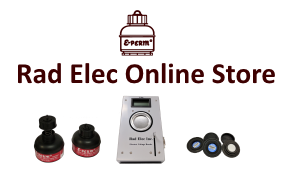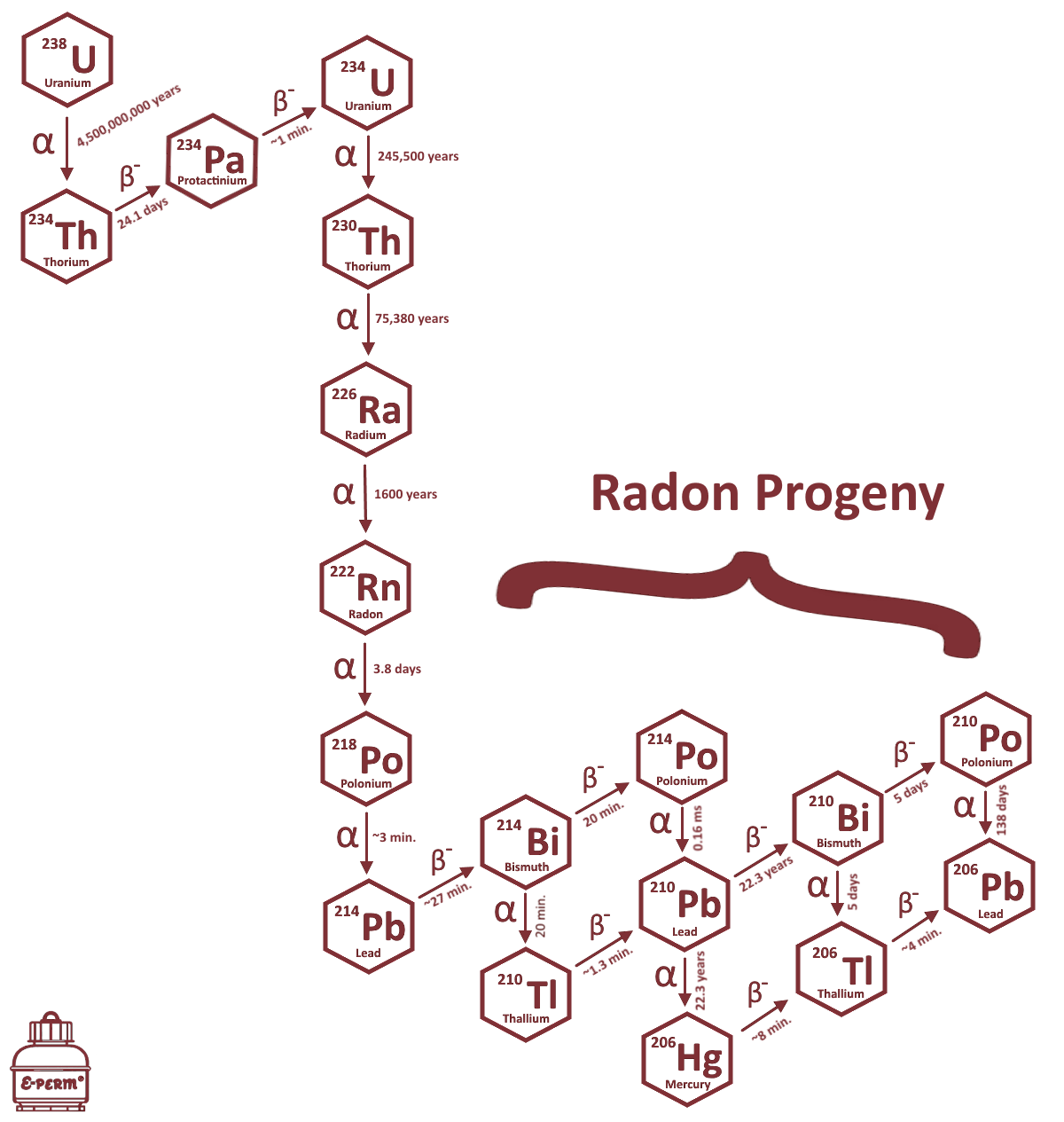
Rad Elec's Online Store is now open for business! Shop for your E-PERM® products at your convenience, at any time.
The primary health risk associated with the presence of radon gas is due to the solid particles into which radon decays. It is these radon decay products (or progeny) that actually "stick" in the lungs, making them likely to remain in the lungs for an extended period as they continue to decay. This can cause an increased potential for lung cancer, and the sensitive tissue in the lung will be exposed to multiple alpha decays within the span of an hour.
Since the amount of radon decay products available for inhalation can vary with house and atmospheric conditions, a radon gas measurement alone does not fully characterize the actual health risk present in a building. This is particularly true in buildings where high air circulation and the use of air filters can have a large and beneficial impact in reducing exposure to radon decay products. Consequently, it is a good idea to measure both radon and radon decay products. Measuring radon decay products provides an assessment of the actual risk, while measuring radon gas provides an assessment of the potential risk from this radioactive decay chain.
For more information on testing for radon decay products, please contact us.
